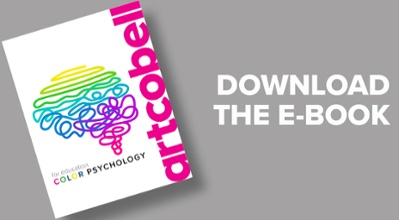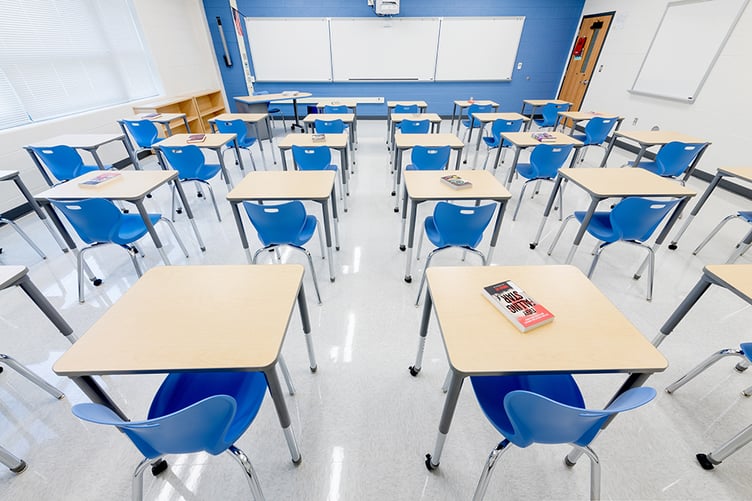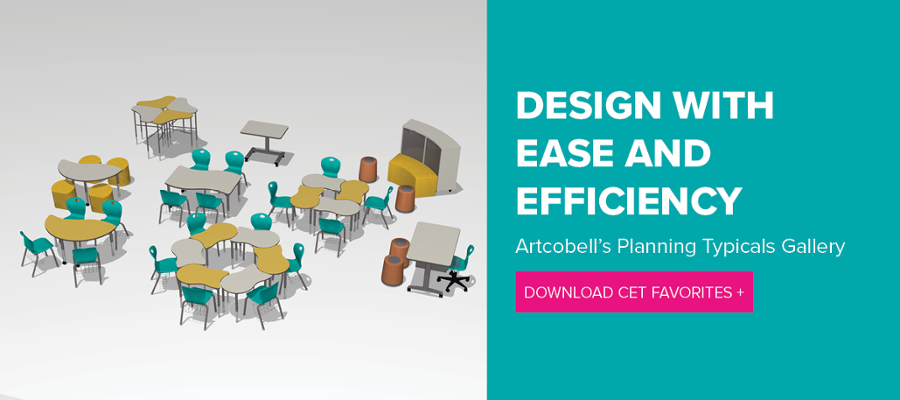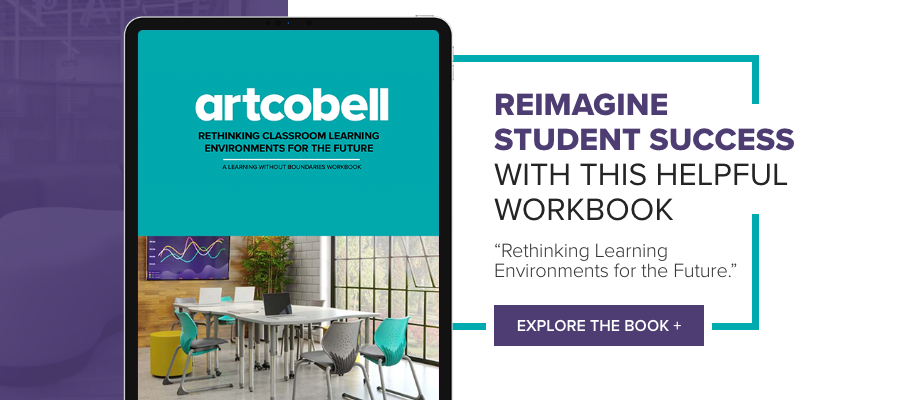Color Psychology for Education: How Does Blue Enhance the Learning Environment?
We speak of "having the blues" when we are depressed, of "a true blue friend" to describe someone who is loyal and reliable, and of "blue collars" to characterize the working class. The symbolism of color has played in integral part of human existence from art to medicine to education and beyond. Color is even associated with ceremonies of birth, marriage, and death.

Seldom, surely, is a psychological part of an appearance in nature so great as it is in the case of color. No one can encounter it and stay neutral. We are immediately, instinctively, and emotionally moved. We have sympathy or antipathy, pleasure or disapproval within us as soon as we can perceive colors. (Beer 1992, p 11)
In a nutshell, Beer breaks down the primary psychological reaction we humans have towards color. It's part of our conscious, subconscious, and unconscious, and an experience that is essential to human behavior.
COLOR PSYCHOLOGY FOR EDUCATION
Colors for Learning: The impact of blue
According to this study conducted by The University of British Columbia, which analyzed the effects of the color blue and red on 600 people between 2007-2008, red was deemed the most effective at enhancing our attention to detail, while blue is best at boosting our ability to think creatively. Based on this study, and others, we know that red and blue both deserve a place in learning environments. It just depends on the nature of the learning taking place in each space.
blue is commonly associated with:
- Peace + Tranquility
- Relaxation
- Trust
- Loyalty + Reliability
- Sadness, Loneliness + Coldness
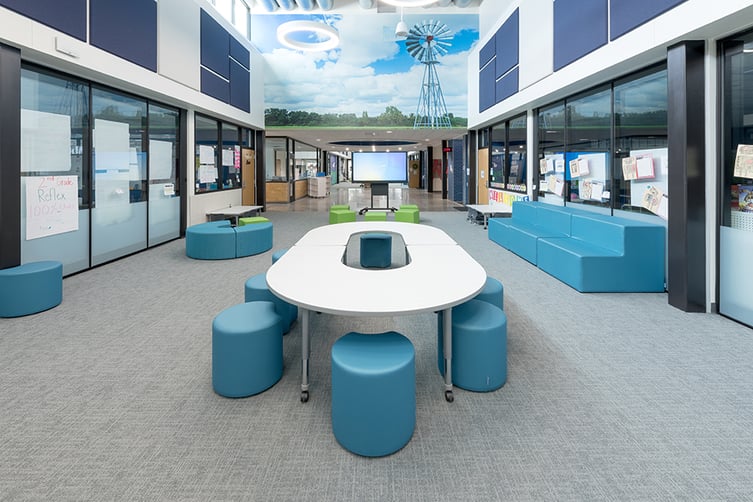
Blue is generally associated with the ocean and the sky which further highlights its soothing nature.
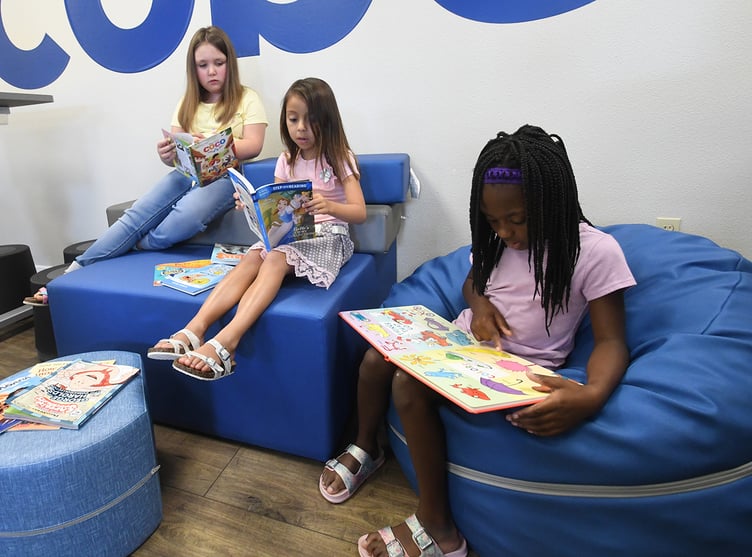
Cool, calm, and collected. Blue has been known to help regulate heartbeat and breathing. Consider adding various shades of blue soft seating to your calming corners to help balance racing minds.
use blue as a stimulant to:
- Increase productivity
- Create order
- Enhance cognitive abilities
- Open communication
- Extend perspective
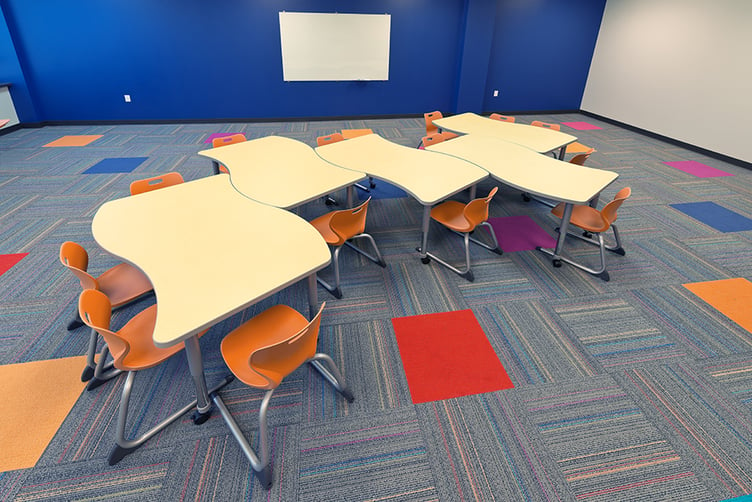
Combined with warmer and more energetic colors, blue inspires confidence and serenity.
blue has the ability to:
- Lower blood pressure and pulse rate
- Relieve stress
- Promote high levels of thought
- Relax
- Calm racing minds
Because blue is a favored by most people, it is often viewed as non-threatening. Adding blue chairs to learning environments evokes feelings of calmness.
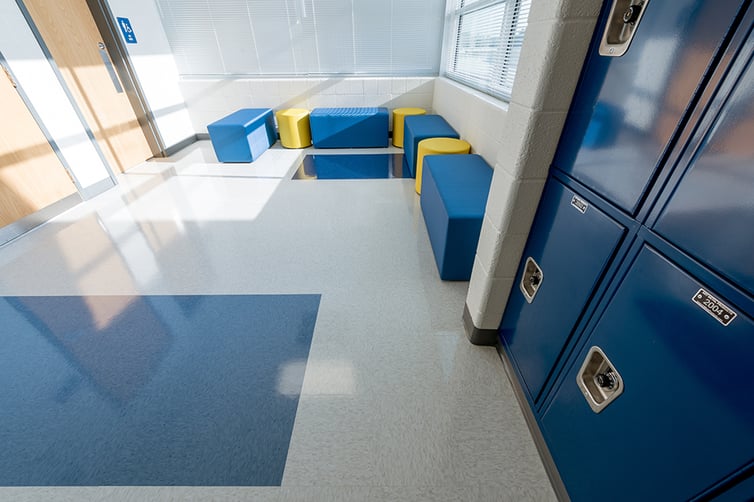
three tips for designing with blue in learning environments:
- Be thoughtful: While blue is known for peace and tranquility, it is also associated with feelings of sadness, coldness, and depression.
- Use multiple shades: Because blue has such a versatile palette, you can put colored furniture and décor in a blue room using similar hued fabrics, and your eyes won’t feel too overwhelmed!
- Think calming corner: Consider softening a reading nook by using dark shades of blue to help regulates students' emotions
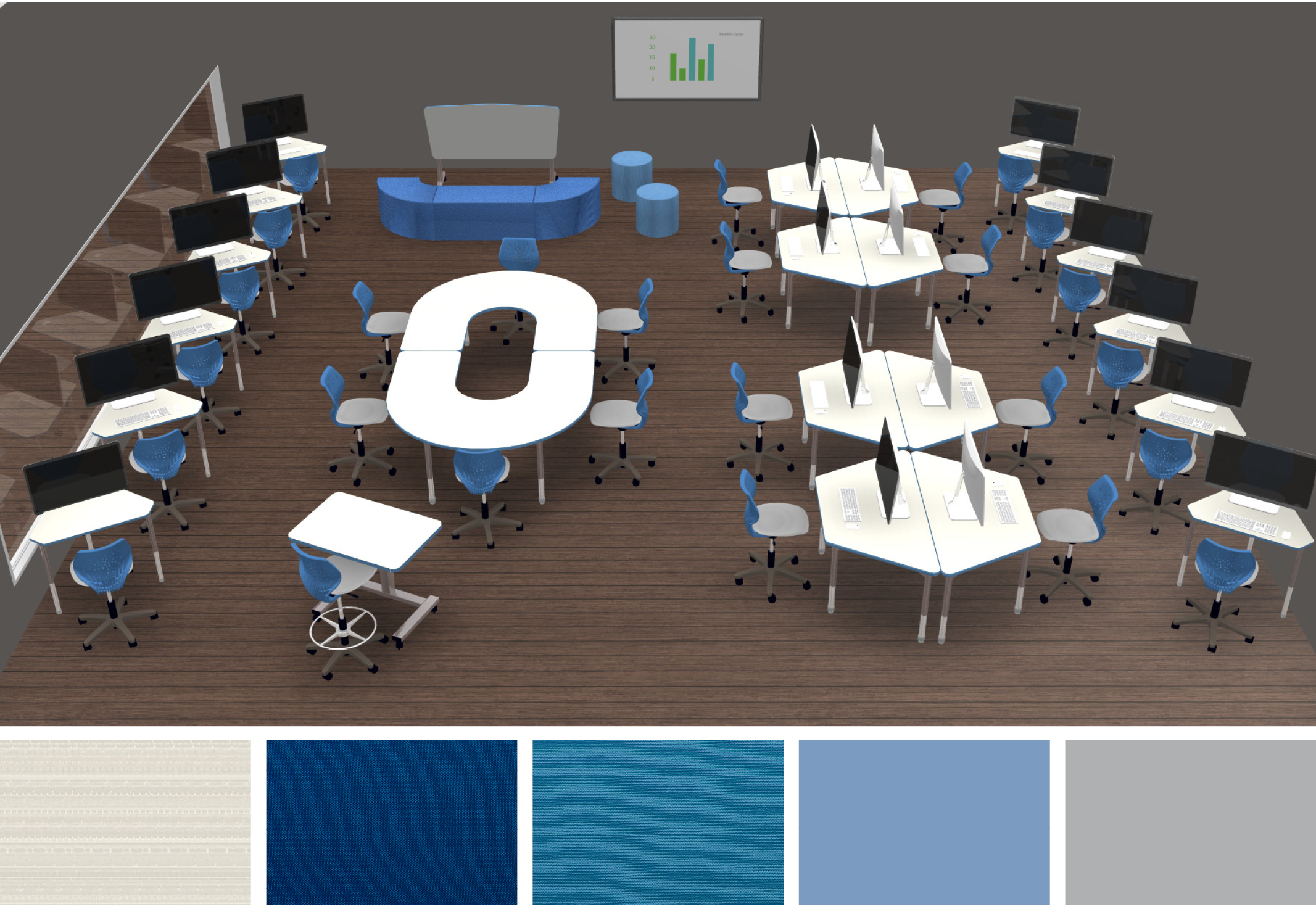
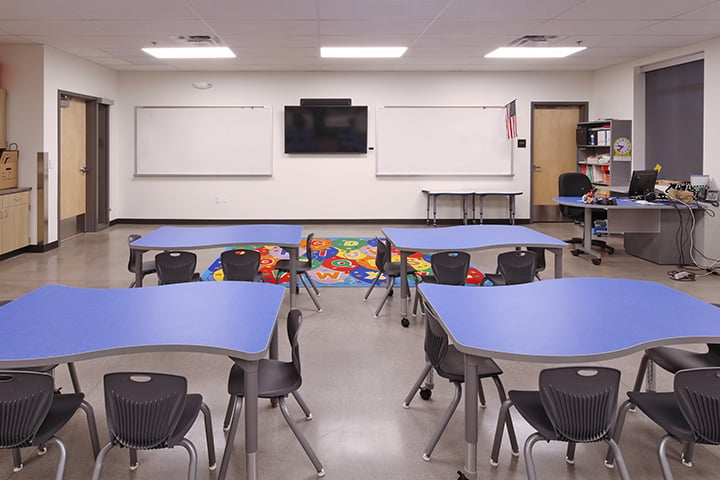
1.Photo by Talia Cohen on Unsplash
2. Beer, Ulrich. Was Farben uns verraten (What Color Tells Us). Stuttgart: Kreuz Verlag, 1992.
3.University of British Columbia. "Effect Of Colors: Blue Boosts Creativity, While Red Enhances Attention To Detail." ScienceDaily. ScienceDaily, 6 February 2009. <www.sciencedaily.com/releases/2009/02/090205142143.htm>.
Recent Posts
In part one of our series on thoughtful classroom design, we heard an educator’s perspective on...
In part one of our series on thoughtful classroom design, we heard an educator’s perspective on...
